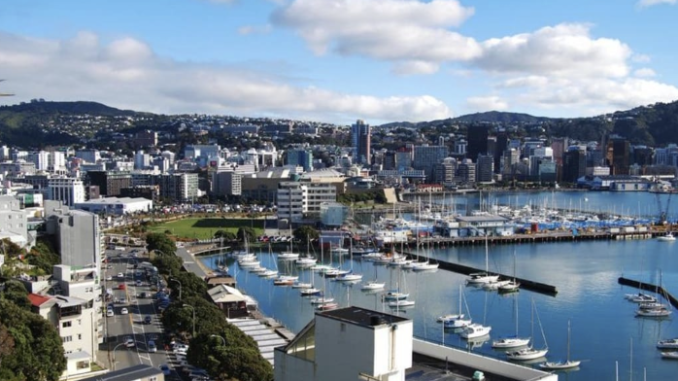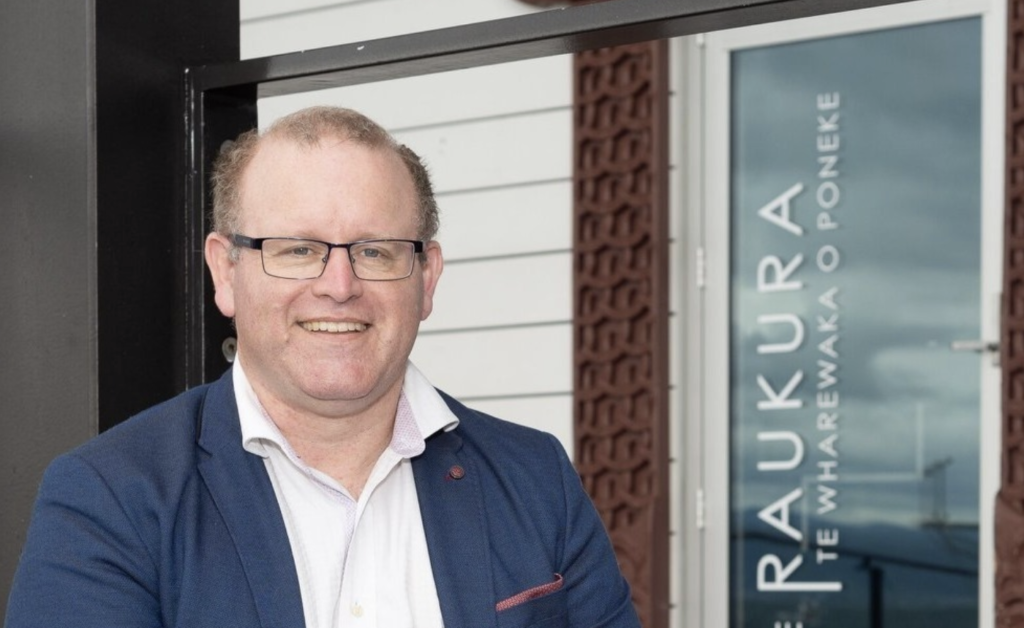
Council leaders in the Wellington region are looking at plans that could see their councils amalgamated.
At the Wellington Regional Leadership Committee meeting on Tuesday, mayors from Wairarapa, Hutt Valley, Kāpiti and Wellington will discuss the possibility of a regional deal.
A regional deal is a plan that allows an area or city to work with central government on long-term issues for the region.
Amalgamating councils is being pitched so that challenges around the structure of local government in the region can be addressed.
Under the early plans there would be one council for Wairarapa, one for Wellington, the Hutt Valley and Porirua and one for Kāpiti and potentially Horowhenua.
There would still be one regional council.
The regional deal framework also identifies Three Waters systems and issues related to growth as the areas’ two other major challenges.

Greater Wellington Regional Council chairperson Daran Ponter – who is also deputy chairperson – of the committee told RNZ the proposal was designed to look at what needed to change for local government in the region to make it “match fit” for regional development.
Ponter, dubious as to whether the region could flourish moving forward as nine seperate councils, suggested there may be some merit, in starting to combine local authorities and get some economies of scale, and join up thinking around infrastructure connectivity. Ponter assured that this was not a plan for a super-city.
“One of the key lessons from 10 years ago in fact when the super-city proposition was driven by Fran Wilde, the former chairperson of the regional council, is that the community as a whole don’t want a super-city.
“It is a very hard sell in the Wellington region and in fact the whole super-city debate left quite a lot of blood on the floor in relation to the relationships between local authorities and local authorities and their communities.”
He said it has taken them nearly 10 years to get back to having “the conversation” about what their future could look like.
“If we are not a super-city then what are some of the alternatives for us?”
Ponter told Midday Report the issue has arisen because the pathway needs to be considered for regional deals which the government has put into the local government sector based on some examples from the UK.
It needed to be decide if it was done as part of a regional deal or something to be embarked on separately.
“We’re just at the beginning of this exercise,” he said, adding no work had been done on the subject of local government reorganisation for the Wellington region.
However, some councils had “clarity” on it while others were not ready for the conversation, Ponter said.
While there were three possible options for councils to band together, “there’s a lot of water to pass under the bridge before we get any clarity on this”.
The Future for Local Government report which was published last year concluded there were too many local authorities around the country, some with a low number of ratepayers to draw on.
This resulted in “problems with delivering services to their communities and scaling up is the key thing to push on”, Ponter said.
A meeting has been organised between the Local Government Minister Simeon Brown and chairperson of the Wellington Regional Leadership Committee Darrin Apanui and Ponter next month.






